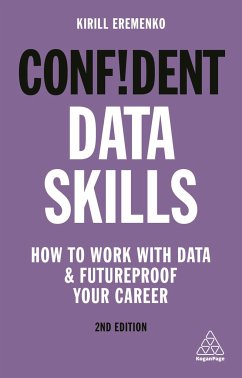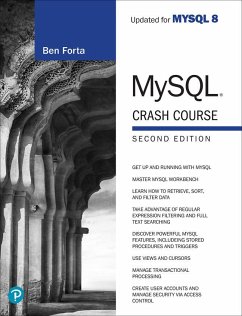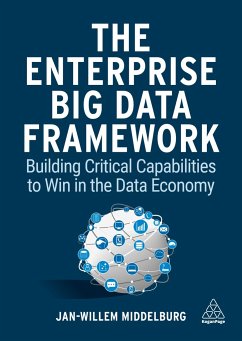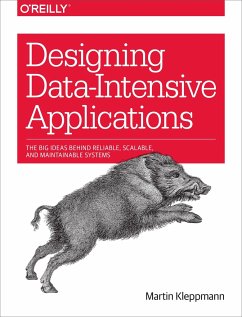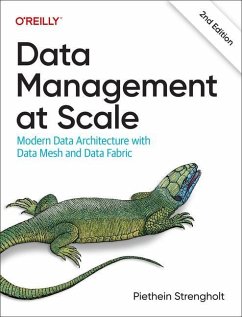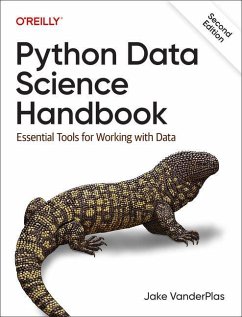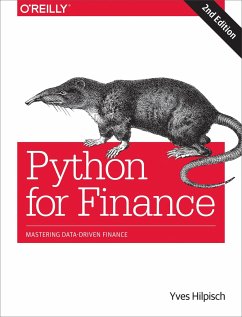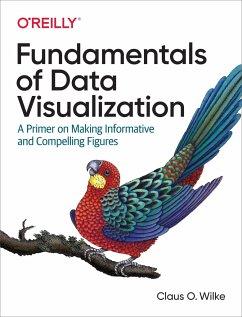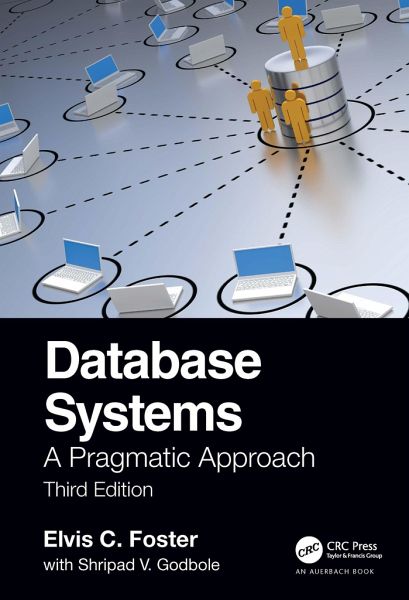
Database Systems
A Pragmatic Approach, 3rd edition
Versandkostenfrei!
Versandfertig in 1-2 Wochen
76,99 €
inkl. MwSt.
Weitere Ausgaben:

PAYBACK Punkte
38 °P sammeln!
This textbook is ideally suited for an undergraduate course in database systems. The discipline of database systems design and management is discussed within the context of software engineering. The student is made to understand from the outset that a database is a mission-critical component of a software system.






